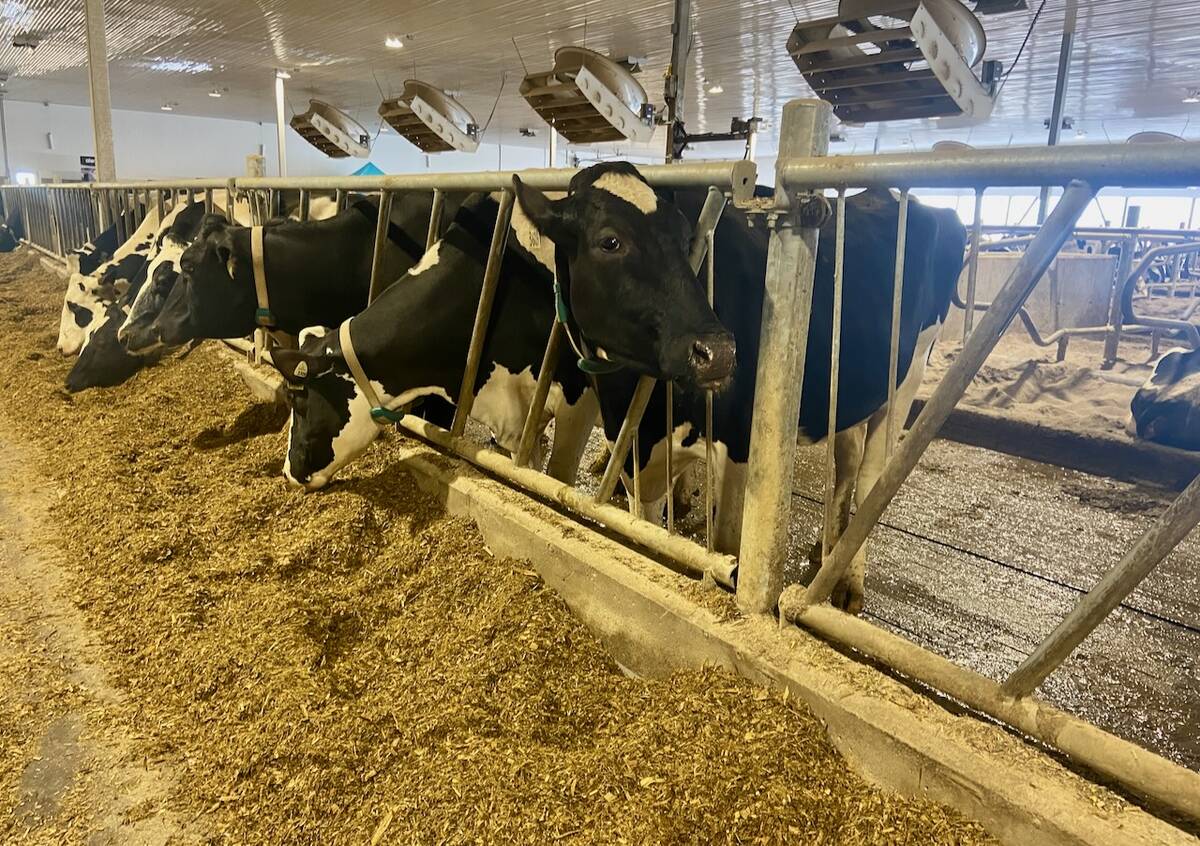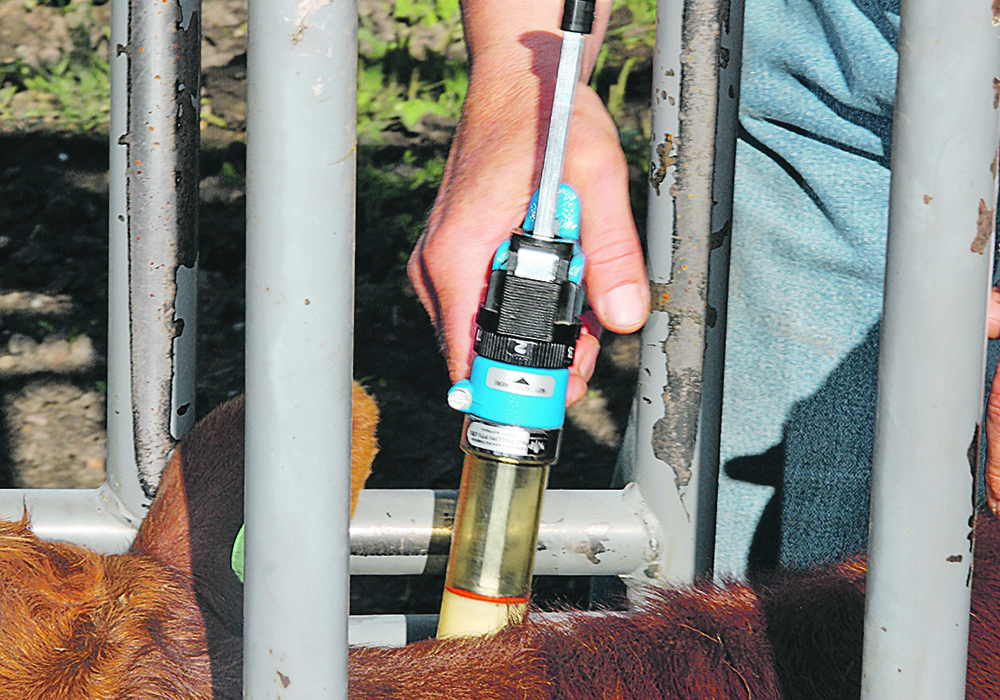The pharmaceutical world has recently been fraught with shortages. This can be due to manufacturing problems, transportation issues or other factors.
Key components necessary to manufacturing are in short supply in some cases, or in other cases, manufacturing has halted because of decreased demand. Sometimes relicensing of a product forces a company to look at economics and products go by the wayside. For example, the COVID pandemic increased demand for rubbing alcohol to make skin sanitizers and as a result not much was available to make the pour-on ivermectin products, which are about 98 percent rubbing alcohol.
Read Also

U.S. farm group supports supply management
U.S. grassroots farm advocacy group pushing new agriculture legislation that would move towards supply management like Canada has for dairy industry
What are producers to do? I may have some solutions or ideas to lighten the load.
The good thing about having several global companies is that there is redundancy in vaccine lines, hormones, growth implants and NSAIDs to name a few. Don’t be afraid to change companies if supplies run low.
A veterinary clinic will know what close substitutes are available. Change may be good and you may find that you like certain features about an alternative product.
Always be careful because the substitute product, such as a vaccine, may offer protection against more or fewer diseases than the previously used product.
With antibiotics, withdrawal periods may vary between products, but true generics or copycat products generally have the same label-recommended withdrawal times.
We are seeing the same things in human medicine with everything from epi-pens to children’s Tylenol in short supply, so we need to adapt to these shortages.
When presented with a shortage by the veterinary clinic or other supplier, check to see if there is an alternative product you can use. For example, currently there is a shortage of scours vaccine from one company. That can cause more demand for a competitor’s vaccines and this can create a domino effect. Sometimes companies can increase manufacturing but this takes time.
In the case of scours vaccines, talk to your neighbours because some producers keep higher inventories and have product to spare.
Also, producers should identify which animals are critical for vaccinations and try and secure at least enough vaccine for them.
If buying vaccines from different companies, keep in mind that the timing of vaccinations before calving may be different from the vaccine you are used to.
Years ago, the swine industry was faced with a critical shortage of vaccines and found that halving the dosage was a wise move. It allowed twice as many piglets to be vaccinated. This can be considered if a critical situation arises.
Vaccines are made with twice as much antigen as was used during the trial work because efficacy does go down in the field if you vaccinate just before a product’s expiry date.
One must also consider whether a product is even necessary. I always use the example of giving penicillin when we knife castrate. I no longer give any and haven’t for years. Using NSAIDs instead gives a better response and infections don’t happen if the job is properly done.
During a shortage of darts and dart guns because of an aluminum shortage, it looked like a huge dilemma but most producers adapted. Some producers may have been overtreating animals, although there are instances when animals should be caught and treated daily. Some producers may have found that for lots of strains and sprains, the tincture of time and simply leaving it to recover on its own was a good solution.
When the shortage was resolved, we had learned to treat only when necessary. It ended up being a good thing and will cut down use in the future.
When it comes to dart guns, I am concerned that for issues like clinical pneumonia, macrolide treatments are being used because of their low dosage and yet other products may be a better choice. This is what you need to work out with your veterinarian.
Producers can avoid problems by keeping a safe inventory of vaccines and using substitute products where available. As well, adjusting management practices to accommodate vaccines at different times, cutting the amounts used, and doing without in some cases can be solutions.
When it comes to implants, keep in mind that if you change products, implant guns are different depending on the company, so the hardware may need to change.
Roy Lewis works as a veterinarian in Alberta.















